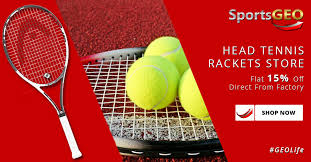About Table Tennis Ball
Table Tennis ball shall be spherical in shape with a diameter of 40mm. The ball shall weigh 2.7 grams. The ball shall be made of celluloid or similar plastics material and shall be white or orange and matt. The international rules specify that the game is played with a sphere having a mass of 2.7 grams (0.095 Oz) and a diameter of 40 mm (1.57 in). The rules say that the ball shall bounce up 24–26 cm (9.4–10.2 in) when dropped from a height of 30.5 cm (12.0 in) onto a standard steel block thereby having a coefficient of restitution of 0.89 to 0.92. The choice of ball color is made according to the table color and its surroundings. For example, a white ball is easier to see on a green or blue table than it is on a grey table. Manufacturers often indicate the quality of the ball with a star rating system, usually from one to three, three being the highest grade. As this system is not standard across manufacturers, the only way a ball ma...





